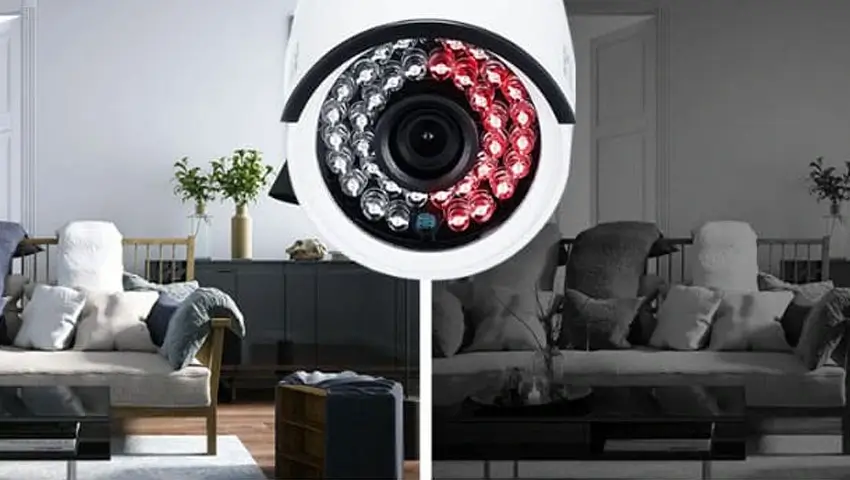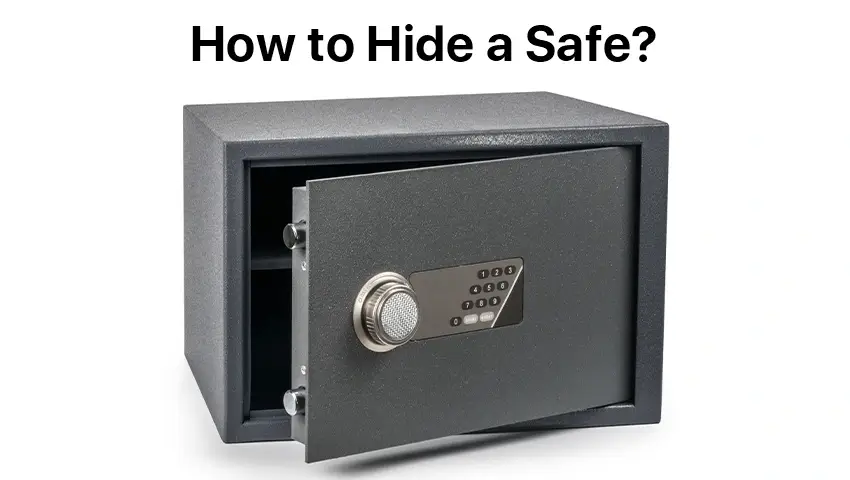LED strip lights have become a versatile and popular choice for both homes and businesses, offering energy-efficient and vibrant lighting options that suit various settings. From accent lighting in living rooms to functional under-cabinet illumination in kitchens, LED strips bring style and practicality to any space. However, like any electrical product, it’s important to understand their safety aspects to ensure a worry-free experience. In this comprehensive guide, we will explore the safety of LED strip lights, common risks, installation tips, and how to make the most of their benefits.
Contents
Are LED Strip Lights Safe?
Yes, LED strip lights are generally safe when used correctly. They are designed with low voltage, usually operating on 12V or 24V, reducing the risk of electrical shocks. Unlike traditional incandescent bulbs, LEDs emit minimal heat, making them less likely to cause fires or overheating. Moreover, LEDs do not contain harmful substances such as mercury, nor do they emit ultraviolet (UV) or infrared (IR) radiation, making them more environmentally friendly and safer for health.
Despite these advantages, risks can arise from improper installation or low-quality products. It’s essential to ensure that LED strips meet proper safety standards and are installed according to manufacturer guidelines.
Types of LED Strip Lights and Their Safety Features
LED strip lights come in various forms, each suited to different uses and safety requirements:
- Waterproof LED Strips: Ideal for outdoor settings or areas exposed to moisture, these strips are designed to withstand rain, splashes, and humidity. Look for IP65 or higher ratings for good water resistance.
- Indoor LED Strips: Perfect for decorative or ambient lighting, these strips are intended for dry, interior environments and typically have lower IP ratings (IP20).
- High-Temperature LED Strips: Some LED strips are specially designed to work in high-heat environments, such as kitchens or industrial settings.
Most LED strips have a low-voltage design, reducing electrical hazards and making them safer to handle. They also emit less heat than traditional lighting, which lowers the risk of fire.
Common Safety Concerns with LED Strip Lights
While LED strips are generally safe, some risks still exist if not installed or used properly:
- Overheating: LED strips can overheat if they are installed in closed or poorly ventilated spaces. Always ensure that the installation area has adequate airflow to prevent excessive heat buildup.
- Electrical Hazards: Using incompatible power supplies, poor-quality connectors, or faulty wiring can cause electrical issues. Always match the voltage of the power supply to the specifications of the LED strips.
- Fire Risks: Although rare, fire hazards can arise if the strips are placed near flammable materials, installed incorrectly, or if the strips themselves are of subpar quality.
How to Safely Install LED Strip Lights
Proper installation is crucial to ensure the safety and longevity of your LED strip lights. Follow these essential steps to install your LED strips safely:
- Choose the Correct Power Supply: Ensure the voltage of your power supply matches the LED strip’s specifications. A mismatched power source can cause malfunction or even damage the LED strips.
- Use Proper Connectors: Avoid makeshift solutions like exposed wires. Use the appropriate connectors to secure the strips and ensure safe and stable connections.
- Ensure Adequate Ventilation: Install the LED strips in well-ventilated areas to prevent overheating. Avoid placing them near flammable materials such as curtains or paper.
- Place Away from Water Sources: For outdoor or bathroom use, ensure the LED strips are waterproof or water-resistant, with ratings such as IP65 or IP67.
By following these guidelines, you can minimize risks and enjoy the aesthetic benefits of LED strip lights without worry.
LED Strip Light Certifications and Safety Standards
When purchasing LED strips, always look for products that meet recognized safety certifications. These include:
- UL Certification (Underwriters Laboratories): Ensures that the product meets stringent safety standards for electrical devices.
- CE Marking (Conformité Européenne): Indicates compliance with EU safety, health, and environmental regulations.
- RoHS Compliance (Restriction of Hazardous Substances): Ensures the product is free from harmful materials like lead and mercury.
These certifications provide reassurance that the product has been designed with safety in mind.
Environmental and Health Benefits of LED Strip Lights
LED strip lights offer several environmental and health advantages:
- Energy Efficiency: LED technology consumes far less power compared to incandescent bulbs, reducing energy costs and helping lower carbon emissions.
- Health Benefits: LEDs do not emit harmful UV radiation, which makes them safer for both humans and pets. They are also designed to reduce glare, making them comfortable for prolonged use.
- Eco-Friendly: As LEDs consume less energy and last longer than traditional lighting, they help reduce waste and are more environmentally sustainable.
Safety Considerations for Using LED Strip Lights in Different Areas
LED strip lights are versatile and can be used in various rooms throughout your home. However, each area comes with its own unique safety considerations:
- Bedroom: To avoid eye strain and ensure a restful environment, opt for LED strips with warmer color temperatures (around 2700K) and adjustable brightness. Using diffusers can help reduce glare.
- Bathroom: Always choose waterproof LED strips (IP65 or higher) for bathrooms, especially near sinks or showers. Proper sealing around connections is crucial to prevent moisture infiltration.
- Walls: When installing LED strips on walls, consider the adhesive’s strength to avoid damaging paint upon removal. Ensure the wall surface can handle the adhesive without peeling or leaving residue.
Are LED Strip Lights a Fire Hazard?
While the risk of fire from LED strip lights is low, it is still possible if the lights are of poor quality or improperly installed. Overheating, electrical short circuits, or placing LED strips near flammable materials can increase the risk of fire. Always follow safety guidelines and ensure the power supply and wiring are correctly installed to avoid such hazards.
How to Safely Install LED Strip Lights
Follow these steps for a safe and effective installation:
- Plan the Installation Location: Choose where you want to install your LED strips, ensuring that there is access to an electrical outlet.
- Measure and Trim: If necessary, measure the installation area and trim the LED strips along the designated cut lines to fit.
- Clean the Surface: Before sticking the adhesive-backed LED strips, clean the installation area thoroughly to ensure good adhesion.
- Peel and Stick: Peel off the backing and press the strip firmly in place, ensuring that it adheres evenly across the surface.
- Connect and Test: Once installed, connect the power supply and test the lights to ensure proper operation.
FAQs
1. Are LED strip lights safe to leave on overnight?
Yes, LED strip lights are generally safe to leave on for long periods, including overnight, provided they are installed properly and meet safety standards. However, it’s still a good idea to monitor them for any signs of overheating.
2. Can LED strip lights cause fires?
Although it is highly unlikely, fire risks do exist if the strips are used improperly, such as if they are installed in unventilated spaces or near flammable materials.
3. What should I do if my LED strip light starts overheating?
Immediately turn off the power and check the installation. Ensure there is enough airflow around the lights and that the power supply is compatible. If the problem persists, consult a professional or replace the product.
4. How long can I safely use LED strip lights?
LED strip lights have a long lifespan, typically lasting 30,000 to 50,000 hours. As long as they are installed and used correctly, they can safely run for years.
Final Thoughts
LED strip lights are a safe, energy-efficient, and stylish lighting option for various applications. By following proper installation procedures, ensuring the use of certified products, and considering safety features, you can enjoy the aesthetic benefits without compromising safety. Whether used in homes, offices, or outdoor spaces, LED strips offer versatility and long-lasting performance with minimal risks. Just remember to install them in well-ventilated areas, avoid placing them near flammable materials, and periodically inspect them for wear and tear to ensure they continue to operate safely.



